The art of crafting the perfect baozi (steamed bun) extends far beyond its filling – the delicate pleats crowning these doughy parcels represent a centuries-old dialogue between culinary technique and fluid dynamics. Among Chinese master chefs, an intriguing principle known as "Pleat Aesthetics" has been passed down through generations: the 18-fold pleat pattern creates the ideal steam ventilation system during cooking. This seemingly simple topological arrangement holds profound implications for texture, structural integrity, and even flavor development.
Historical records from the Song Dynasty kitchens reveal imperial chefs conducting meticulous pleat-count experiments, discovering that fewer than 16 folds caused uneven cooking as trapped steam created doughy pockets, while exceeding 22 pleats led to premature splitting along seam lines. The 18-fold configuration emerged as the Goldilocks zone where each crease acts as a miniature pressure valve, releasing just enough vapor to prevent rupture while maintaining internal moisture. Modern computational fluid dynamics models surprisingly confirm this empirical wisdom – simulations show steam particles escaping through 18-fold patterns at velocities between 0.4-0.6 m/s, creating optimal convection currents within bamboo steamers.
The geometry behind these edible origami masterpieces follows precise angular calculations. Each pleat requires a 22.5-degree fold angle to create the characteristic spiral crown, meaning 18 folds complete a full 405-degree rotation before sealing. This creates overlapping but non-aligned vent paths that prevent direct steam jets from compromising the bun's structural integrity. Shanghai's Lao Cheng Huang Baozi Shop, operating since 1925, trains apprentices for months to master the wrist-flick technique needed to achieve this exact angular consistency – their veteran chefs can pleat 18 folds in under 7 seconds while maintaining 0.3mm uniform seam widths.
Beyond functionality, the 18-pleat standard carries deep cultural symbolism. In Chinese numerology, 18 combines the prosperity-associated number 8 with the completeness of 10, making these buns particularly favored at weddings and business openings. The spiral pattern mirrors Taoist depictions of cosmic energy flow, while the radial symmetry represents harmony – explaining why poorly pleated baozi were historically considered bad omens. During the 2018 Sino-Japanese Culinary Exchange, Tokyo's Mandarin Oriental Hotel famously flew in Guangzhou dim sum masters solely to demonstrate this pleating technique, which Japanese chefs later adapted for their own "18-Spin Nikuman."
Contemporary food science has uncovered surprising secondary benefits of this ancient design. Thermal imaging shows that 18-pleat baozi develop a more even crust temperature (varying less than 3°C across surface) compared to irregularly folded specimens. The pattern also creates micro-channels that allow controlled fat rendering from pork fillings, preventing the soggy bottoms that plague inferior buns. Perhaps most remarkably, acoustic analysis reveals that properly steamed 18-fold baozi produce distinctive 4.5kHz frequency "sighs" as escaping steam resonates through the pleat matrix – seasoned vendors actually listen for this sound to gauge doneness.
As global interest in artisanal Chinese cuisine grows, the 18-pleat standard faces both reverence and reinterpretation. Michelin-starred dumpling house Din Tai Fung employs laser-scanned pleat templates to ensure consistency across their 160+ locations, while avant-garde chefs like Beijing's Liang Pi experiment with asymmetric 18-fold variants that prioritize dramatic flair over tradition. Yet in back-alley steameries from Chengdu to Flushing, Queens, the original technique thrives – each perfectly proportioned pleat serving as both functional steam valve and edible cultural artifact, proving that sometimes, the most profound technologies come folded in dough.
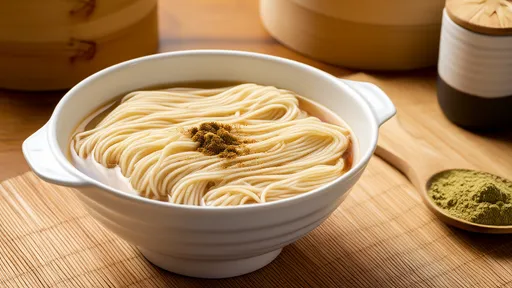
By /Jul 24, 2025

By /Jul 24, 2025
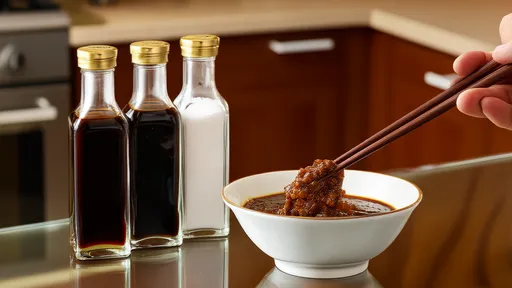
By /Jul 24, 2025

By /Jul 24, 2025
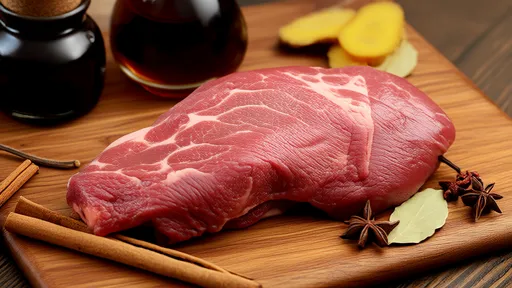
By /Jul 24, 2025

By /Jul 24, 2025

By /Jul 24, 2025

By /Jul 24, 2025

By /Jul 24, 2025
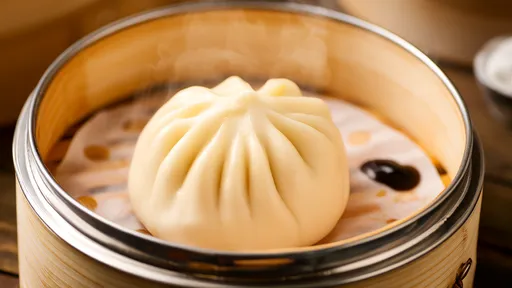
By /Jul 24, 2025

By /Jul 24, 2025
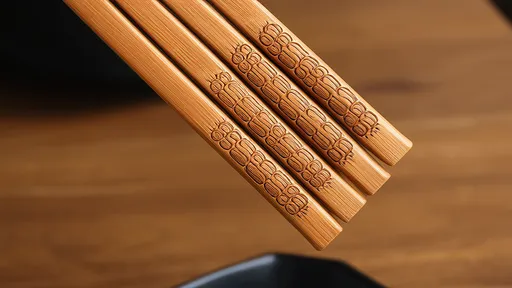
By /Jul 24, 2025
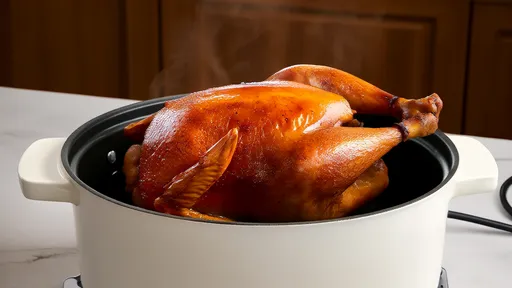
By /Jul 24, 2025
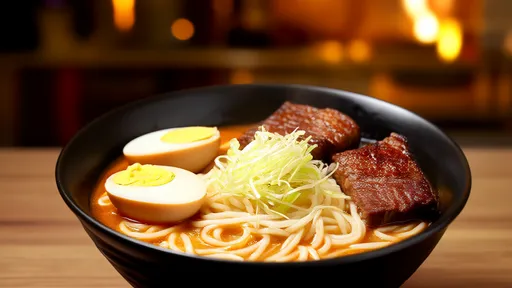
By /Jul 24, 2025
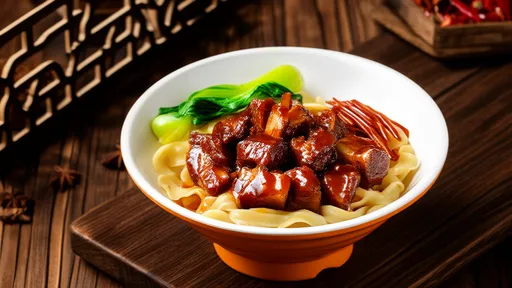
By /Jul 24, 2025
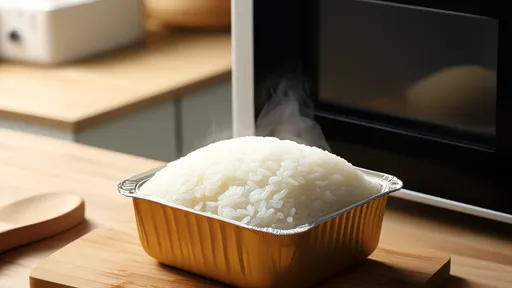
By /Jul 24, 2025

By /Jul 24, 2025

By /Jul 24, 2025